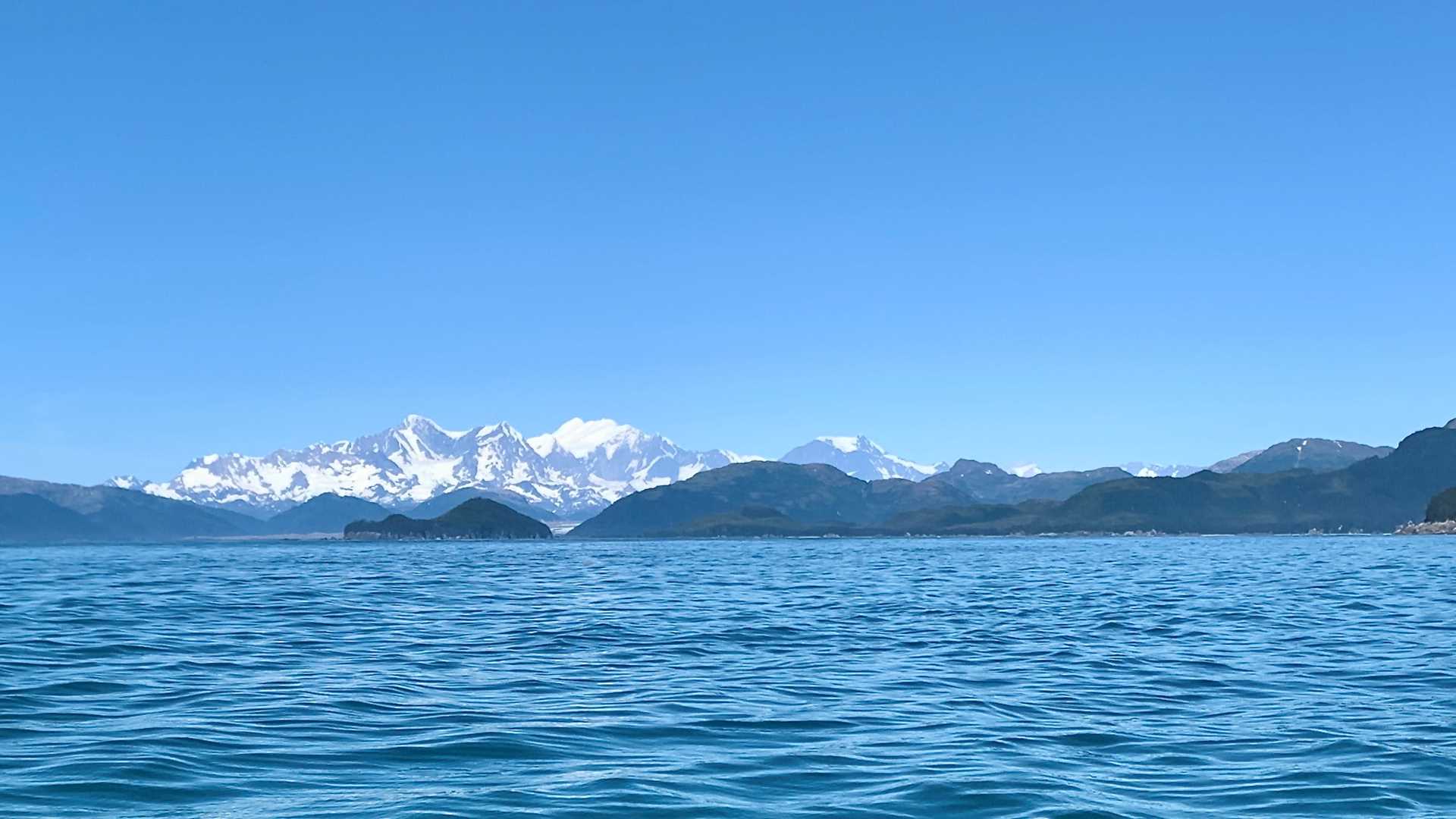Our journey has begun! After a day filled with travel, logistical maneuvering, orientations, briefings, and an introduction to National Geographic Quest and expedition staff, we finally had a chance to relax in the waning evening light and settle into our cabins for the night.
During the night, we transited around the north end of Admiralty and Chichagof Islands to the Inian Islands and Cross Sound, the northwestern most opening of the Inside Passage out to the Gulf of Alaska and the open Pacific Ocean. Twice a day the great tidal swell of the oceans floods and ebbs into the interior waterways; perhaps like long, slow breaths in the right nostril of a giant southeast Alaskan dragon, sleeping on its stony bed, its rough skin draped in an emerald cloak of spruce and hemlock. The influx and efflux of water connects these inland shores to the nutrients and richness of the ocean, acting as a conduit for water, fish and wildlife into the dragon’s belly.
We awoke to a most unusual sight; the southern peaks of the Fairweather Range were in full view, massive mountains that are most often wrapped in clouds and fog. In this exceptional weather, we boarded Zodiacs and toured through the swirling currents amidst the islands. With a nearly full moon, the tides were strong and excitement was evident in the groups of Steller’s sea lions we found fishing in the rips, rolling and jumping in the surge. Sea otters with their kits were abundant in the kelp beds and quieter bays. Numerous sea birds dotted the sea surface as well as the rocks and cliffs above, and a number of bald eagles patiently watched the scene below, taking advantage of the scraps left by the sea lions.
We spent our afternoon exploring George Island, both on foot and in kayaks and paddleboards. This was our first close look at the rocky shoreline and the cloak of temperate rainforest on the bedrock, both showing the rich flush of life that has developed here since the end of the last ice age. Here on George Island, the pattern of the forest is overlain by the mark of humans, as the area is the site of a gun emplacement, manned by soldiers during World War II, to defend this nostril as an entrance to prime Allied shipping lanes, and a potential route for an Axis invasion into North America. Some capped off the day with a “polar plunge” to celebrate our first full day of exploration.







